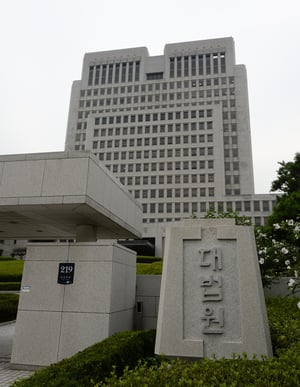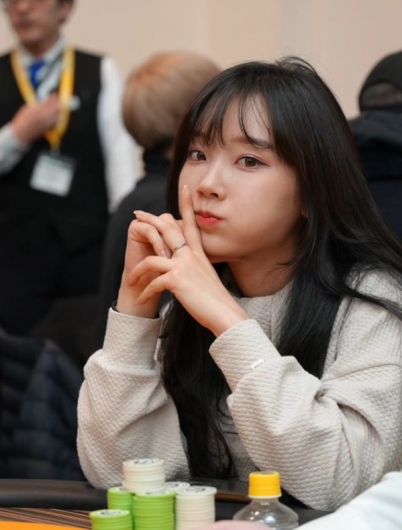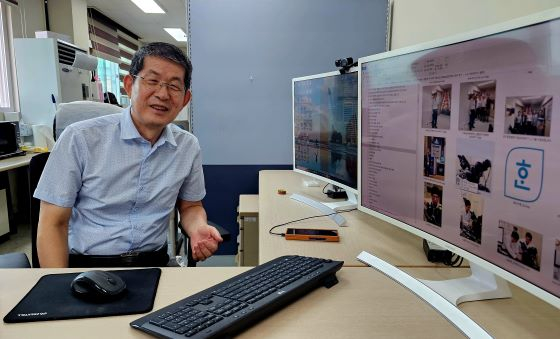| 이 기사는 10월16일(17:29) 머니투데이가 만든 프로페셔널 정보 서비스 'thebell'에 출고된 기사입니다. |
국제신용평가사 무디스는 16일 "한국 은행들의 신용등급 전망이 아시아에서 가장 부정적"이라고 밝혔다. 여전히 국내 은행들의 높은 예대율과 외화 유동성 문제를 문제 삼았다.
무디스는 이날 '아시아 은행시스템 전망'이라는 스페셜 코멘트를 통해 "한국은 아시아에서는 드물게 예수금만으로 대출재원을 충당하기 부족한 나라중 하나"라며 "은행들의 예대율이 130%에서 300%에 달해 필요한 자금의 약 44%를 금융시장에 의존할 수 밖에없다"고 지적했다.
국내 은행들이 장기 외화채 발행에 적극 나서지 않아 외화 유동성 문제를 키웠다는게 무디스의 시각. 해외 금융시장을 통해 조달하는 자금이 10~12%에 달하면서도 고금리를 기피해 단기자금에 의존하고 있다는 것이다.
무디스는 "과거에 비해 조달금리가 크게 높아지자 대부분 은행들이 올해 하반기 시장여건이 개선될 것으로 기대하고 장기 채권 발행을 연기했다"며 "그러나 시장 상황이 오히려 더욱 악화됐음에도 불구하고 단기적인 만기연장을 지속하고 있다"고 지적했다.
그러나 이 같은 경고가 즉각적인 신용등급 강등으로 이어지지는 않을 것임을 시사했다.
무디스는 "강만수 기획재정부 장관이 지난 13일 은행 외채의 만기연장을 확실히 지원할 것이라고 말했다"며 "한국은 은행에 대한 제도적 지원이 강한 나라로 필요하다면(2400억달러에 달하는 외환보유액으로) 고강도의 지원에 나설 것"이라고 전망했다.
한편 이날 무디스 톰 번 국가신용등급 담당 부사장은 "현재로서는 한국의 신용등급을 변경할 계획이 없으며 신용등급을 하향조정한다는 소문에 대해서도 들어본 적 없다"고 말했다고 일부 외신이 보도했다.
[Korean Banking System에 대한 코멘트 전문]
Korea has more negative rating outlooks on its banks than any other system in Asia, primarily due to its dependence on the stricken international capital and money markets for funding. Our industry outlook for the system is also negative, a characteristic it shares with many other regional banking systems.
Korea is one of the few banking systems in Asia where domestic deposits are insufficient to fund loans; loan to deposit ratios range from 130% to over 300%. Therefore, the country’s banks must rely on the wholesale funding markets for about 44% of their funding and are still reliant on the international markets for 10-12%.
Reluctant to pay the much higher borrowing spread over past year, most banks delayed issuing long-term cross-border debt, expecting conditions to normalize in 2H2008. As we now know, market conditions got worse instead. But the banks continue to refinance in the short-term debt markets.
On October 13, Kang Man-Soo, Minister of Strategy and Finance, told reporters, “We will fully support banks to roll over their debts with foreign exchange reserves, lest they default.” Moody’s also considers Korea to be a high support system, which would -- if it were necessary -- assist the banks in meeting their obligations. Furthermore, the government has over $240bn of foreign currency reserves with which to back up this promise.
The domestic funding market has shown less stress than before, but prices continue to rise. At the same time, deposits are rising as funds return from broker cash management accounts now that equity investments are less attractive. Banks have been able to increase their issuance in the long-term won debenture market. As yet there has not been any need for the Bank of Korea to expand repo-able assets to help banks fund in local currency, so they have not done so. But we believe it would, if necessary.
Barring liquidity, bank fundamental in Korea are good. The average BFSR is C- , and the average deposit rating is single-A, both about average globally. As for most of the rest of Asia, we have a negative banking industry outlook for Korea, reflecting the more difficult operating environment the banks are facing as the global economy slows.
For example, net interest margins are already under pressure from competition and higher funding costs. While the former may slacken, the latter could linger. NPLs will inevitably rise. Losses from sub-prime-related assets and failed banks have been managed within earnings. Reparations on KIKO sales, should they be required, are unlikely to exceed earnings, particularly if they are shared with purchasers.
Despite our concerns, Korean banks will face the deteriorating global economy with unimpaired capital (Tier 1 averages 8.75%) NPLs at a cyclical low of less than 1% of gross loans.










!['악마의 편집?'…노홍철 비즈니스석 교환 사건 자세히 뜯어보니[팩트체크]](https://thumb.mt.co.kr/05/2024/09/2024092211060876561_1.jpg/dims/resize/201x/crop/201x130/optimize)







![[단독]울산 연금 92만원 받는데 진도는 43만원…지역별 불균형 심해](https://thumb.mt.co.kr/11/2024/09/2024092011174495572_1.jpg/dims/resize/100x/optimize/)
!["이 주머니 쓰면 폰 절대 못 봐"…학생 펑펑 울던 미국학교 '깜짝 변화'[월드콘]](https://thumb.mt.co.kr/11/2024/09/2024092011210674514_1.jpg/dims/resize/100x/optimize/)




















!["녹아내린 계좌, 살아났다"…반도체주 급등에 안도의 한숨[서학픽]](https://thumb.mt.co.kr/10/2024/09/2024091415060725088_1.jpg/dims/resize/100x/optimize)
![짓밟고 헤어드라이기 학대…여행가방에 갇혀 숨진 9살 의붓아들 [뉴스속오늘]](https://thumb.mt.co.kr/10/2024/09/2024091016570375164_1.jpg/dims/resize/100x/optimize)






























![미 항모전단 vs 중 미사일, 중 상륙전대 vs 대만 화력, 결과는? [PADO 미중해전-대만전쟁 통합본]](https://i1.ytimg.com/vi/lEr72j77ZzU/hqdefault.jpg)
!["한동훈 대권, 기대감 깎였다" vs "오세훈, 대권후보 되기 어려워" [터치다운the300]](https://i3.ytimg.com/vi/6Z2dBt9IFyQ/hqdefault.jpg)
![폼페이오 '한국 핵무장은 합리적', 1년 내 가능? [PADO 편집장의 '미국 대 미국']](https://i4.ytimg.com/vi/wvchef2TQTk/hqdefault.jpg)





![미리보는 2027년 대선 토론?...'계엄괴담'만 남긴 한동훈 이재명 회담, 실익은 누가 챙겼나 [터치다운the300]](https://i2.ytimg.com/vi/YRsKqtYrJb4/hqdefault.jpg)
![미국은 서울 지키기 위해 LA 포기할 수 있을까 [PADO 편집장의 '미국 대 미국']](https://i3.ytimg.com/vi/Ns3p-Y71aq4/hqdefault.jpg)

![푸틴의 허를 찌른 젤렌스키의 야심찬 대역습, 그러나..."우크라, 서방 지원 끊기면 한 달도 못버텨" [터치다운the300]](https://i4.ytimg.com/vi/_t2xAxdgJrE/hqdefault.jpg)




![한국엔 '전략 무기'가 없다. 전쟁 종결시킬 절대 무기는? [PADO 편집장의 '미국 대 미국']](https://i2.ytimg.com/vi/AFS2AKOChvU/hqdefault.jpg)

![尹의 애착남 "한동훈 언플, 세련되지 못해...윤통 망하라고 대표 시킨 거 아냐" [터치다운the300]](https://i1.ytimg.com/vi/HQBWVXAYxNo/hqdefault.jpg)
